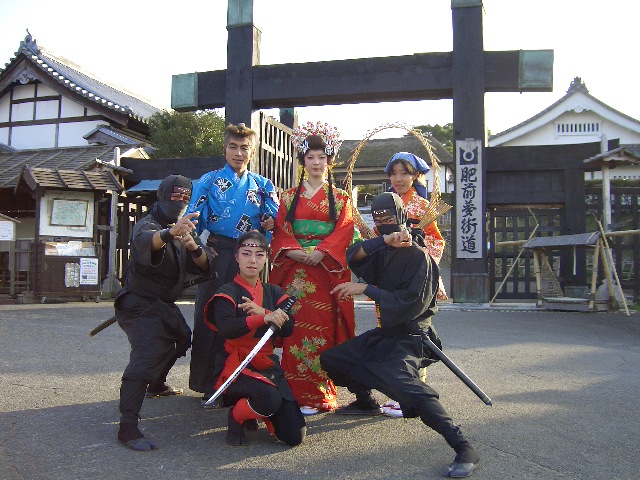Apr 15, 2019
7 Facts About Ninjas
Everyone is familiar with ninjas. They feature heavily in pop culture both in Japan and in the rest of the world. However, few people know the truth about these warriors — or much of what they think they know is fiction. Learning the critical facts about ninjas is not only fascinating, but it also gives you a greater understanding of Japanese history.
Ninjas Were Actually Called Shinobi
Historical documents show that ninjas were called shinobi no mono, often shortened to shinobi. The first of such documents dates back to 1375. The word “ninja” is actually an on’yomi reading of the kanji.
Ninjas Didn’t Just Fight
Ninjas were hired to perform a wide range of tasks, ranging from spying and surveillance to raiding and arson. They did anything that would strike terror into their enemies, including psychological warfare. The wider their range of skills, the easier they could infiltrate enemy lines.
Female Ninjas Had Unique Weapons
Kunoichi, also known as female ninjas, often turned what they had at their discretion into weapons. One example of this was their ornate hairpins, or kanzashi, which they could sharpen to a point or dip in poison. They also used neko-te (which means cat hand), which were nail accessories that acted as metal claws.
Ninja Skills Documented in Manuals
Although ninjas were most active in the 15th and 16th centuries (during which time Japan was experiencing wars throughout the country), few records exist from this period. Almost all of what is written about ninjas dates from the peacetime in the 17th century. Many records take the form of ninja manuals, which detail ninjas’ skills. The most famous of these manuals is the Bansenshukai. There are estimated to be several hundred other manuals, but many of these remain secret today.
Modern Ninjutsu is Nothing Like the Medieval Form
Modern schools of ninjutsu were developed in the 1950s to 1980s. It appears that these styles have no basis in the form that ninjas practiced.
The Common Image of a Ninja is Inaccurate
Many of the traits associated with ninjas are incorrect. For instance, ninjas rarely used throwing stars. These were, in fact, an essential supplementary weapon of the samurai. Similarly, long swords were a samurai rather than ninja weapon as ninjas needed small arms that were easy to conceal. In addition, ninjas did not dress in a uniform. After all, they needed to blend in and look like everyone else. Whereas they often did wear black, records show that never wore masks.
Samurai and Ninjas Often Worked Together
The samurai were not the enemy of the ninjas. Instead, samurai and ninjas often collaborated. The enemies of ninjas were whomever they were hired to kill, but individual ninjas had no permanent allegiance to any particular side.
It is often difficult to sort truth from fiction, particularly as ninjas relied on exaggerated rumors about their skills. This is partially the reason why many myths about ninjas still circulate today. Another cause is popular culture, which tends to represent ninjas in a way that is far from historically accurate.
shinya kawano [Public domain], via Wikimedia Commons


About the author